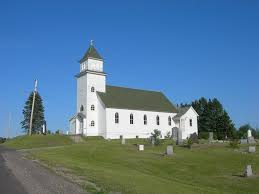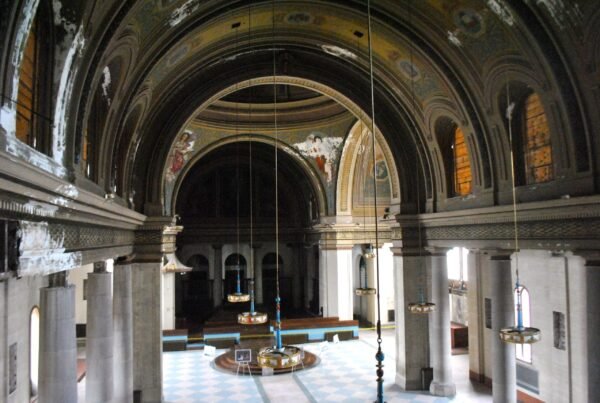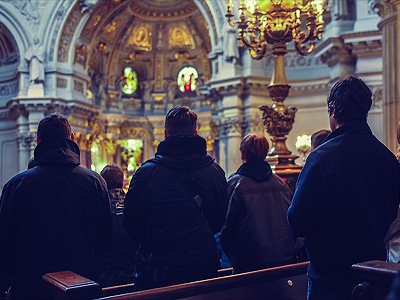Seeing & Staying:
Rural Congregations and Rural Communities
Many students of congregational life focus their attention on religious gatherings in the city. It’s where the action is! Where there are exciting challenges and new opportunities. Where your innovations will get noticed and rewarded. But what about the thousands of gatherings in tiny places that we imagine are doomed to nothing but decline? Pastor…





